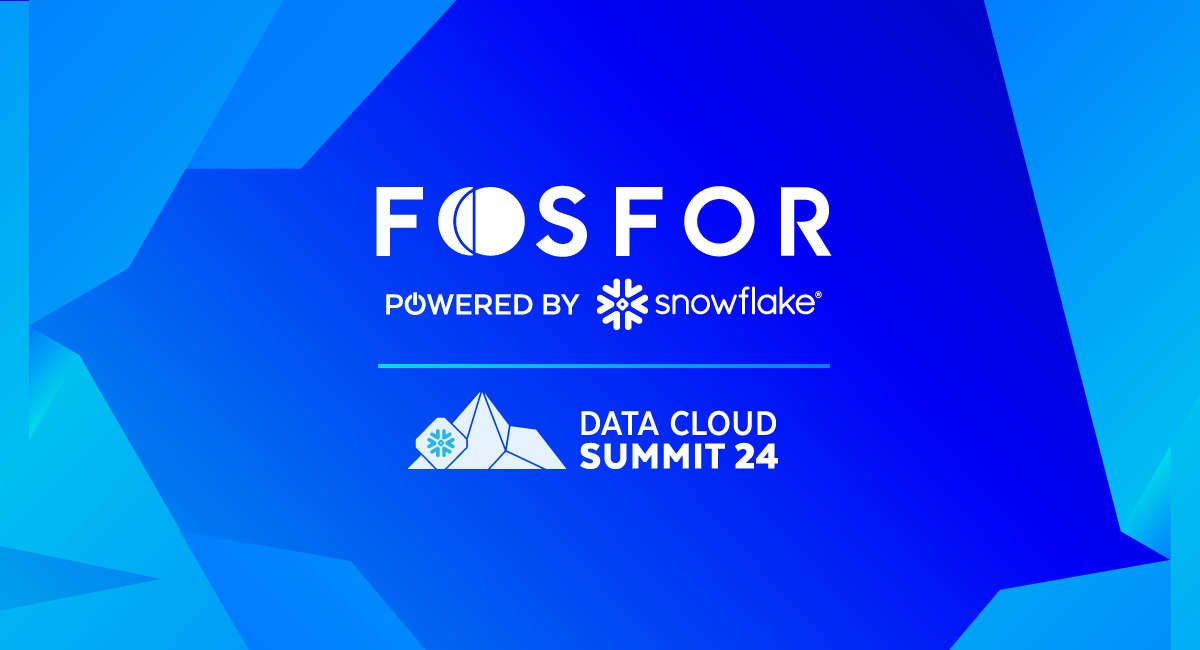 Reading Time: 6 minutes
Reading Time: 6 minutesIntroduction
Generative AI (GenAI) has become a game-changer in the realm of artificial intelligence, offering advanced capabilities that can significantly enhance machine learning automation workflows. In this article, we delve into how GenAI can be utilized to boost various stages of machine learning such as data augmentation, feature engineering, model training, evaluation, interpretability, automation, and interactive applications.
Data augmentation and generation
Synthetic data creation: A major hurdle in machine learning is obtaining large, high-quality datasets. Generative AI can bridge this gap by creating synthetic data that mirrors the properties of real-world data, effectively augmenting limited datasets. This is especially useful in fields like healthcare and finance, where data privacy concerns restrict data availability.
Example: Generative Adversarial Networks (GANs) can generate realistic images, text, or other types of data, which can be used to train machine learning models. For instance, GANs can create additional medical images to train diagnostic models without compromising patient privacy.
Data imputation: Datasets often suffer from missing values, which can impair model performance. GenAI can impute these missing values, enhancing data quality and completeness. Models such as Variational Autoencoders (VAEs) can predict and fill in missing values based on the data distribution.
Example: In a customer data set, if certain demographic information is missing, a generative model can accurately predict these values, ensuring a more complete dataset for training.
Feature engineering
Automated feature creation: Feature engineering involves creating new features from raw data that better represent the problem to predictive models. GenAI can automate this process by identifying and generating meaningful features, enhancing model performance.
Example: NLP models like BERT can be used to create new text features from raw text data, capturing semantic meanings that improve model accuracy.
Feature embeddings: Generative models, especially in NLP, can convert categorical variables into numerical features through embeddings. These embeddings capture complex relationships and semantics, providing richer features for machine learning models.
Example: Word embeddings transform text data into numerical form, making it suitable for input into machine learning algorithms.
Model training
Transfer learning: Transfer learning leverages pre-trained models on new, related tasks, reducing the need for extensive computational resources and time. GenAI models pre-trained on large data sets can be fine-tuned for specific tasks, yielding better results.
Example: Pre-trained language models like GPT-4 can be fine-tuned for specific NLP tasks such as sentiment analysis or named entity recognition, achieving high accuracy with less data.
Model evaluation and validation
Robust testing: Ensuring the robustness and generalizability of machine learning models is critical. GenAI can generate diverse test cases and edge scenarios, rigorously evaluating model performance under various conditions.
Example: Synthetic data generated by GenAI can test how models perform on rare but critical edge cases, ensuring robustness.
Interpretability and explainability
Generating explanations: GenAI can provide human-readable explanations for model predictions, enhancing transparency and trust. Techniques like SHAP (Shapley Additive explanations) can be integrated with generative models to explain individual predictions.
Example: In the financial services industry, explaining why a loan application was approved or denied can be crucial for regulatory compliance and customer trust.
Simulated Scenarios: GenAI can create hypothetical scenarios to understand model behavior under different conditions. This helps interpret how models make decisions and identify potential weaknesses.
Example: Simulating different customer behaviors in a recommendation system to understand how changes affect recommendations.
ML Automation and Optimization
AutoML: It automates the end-to-end machine learning process, from data preprocessing to model deployment. Integrating GenAI into AutoML pipelines can enhance automation, simplifying the creation and deployment of machine learning models.
Example: Using GenAI to automatically preprocess data, select features, tune hyperparameters, and deploy models in production.
Code generation: Generative models can generate code snippets or entire scripts for machine learning tasks, speeding up development cycles and reducing the burden on data scientists and developers.
Example: Generating data preprocessing scripts or model training code based on a high-level description of the task.
Interactive Applications
Conversational agents: Developing interactive AI systems like chatbots that assist in data analysis, model building, and debugging can streamline the machine learning workflow. These conversational agents can provide on-the-fly assistance and insights.
Example: A chatbot integrated with a Jupyter notebook that helps data scientists with coding questions and model debugging.
Intelligent assistants: Creating AI-driven assistants that help with research, summarizing papers, and providing insights into complex datasets can enhance productivity and decision-making.
Example: An AI assistant that reads and summarizes recent research papers relevant to a specific project, saving time for data scientists.
The traditional way
In the realm of machine learning, numerous platforms now support the entire lifecycle, from data collection to deployment and monitoring. This life cycle involves coordinating various moving parts, which can be cumbersome and time-consuming.
Traditionally, to enhance the efficiency of your data-to-decision journey, you might perform several transformations at the database level or even before loading your data into the database. However, this typically requires either an ETL tool or writing complex, ever-evolving code tailored to your specific data.
Once your data is prepared, you need to visualize it using a BI tool or write intricate code to derive insights. Following this, you select an algorithm, build and deploy your model, and establish a post-deployment monitoring strategy. Finally, you create dashboards or visual representations of the results.
While each of these steps is crucial for transforming data into actionable insights, they are often labor-intensive and time-consuming. This is where the Fosfor Decision Cloud comes into play. By leveraging Generative AI (GenAI), the Fosfor Decision Cloud (a.k.a. the FDC) automates these ML processes, significantly boosting productivity. This allows you to focus more on addressing the core business problem rather than getting bogged down with algorithm iterations and operational tasks.
The role of the Fosfor Decision Cloud (FDC)
The FDC is an end-to-end, comprehensive decision intelligence platform designed to facilitate the entire data-to-decision process. This platform seamlessly integrates data management, AI-driven analytics, and decision intelligence techniques, empowering users with actionable insights.
The FDC’s Data Designer
Insights are only as effective as the data they are based on, and good quality data depends on how well it is managed. The Data Designer simplifies the development and maintenance of data transformation pipelines which empowers efficient data ingestion, error-free transformation, and continuous pipeline health monitoring for reliable insight generation while ensuring data transparency and traceability. This facilitates real-time access to critical data, empowering stakeholders to make timely and informed decisions.
The FDC’s Insight Designer
The Insight Designer helps enterprises build, train, deploy, and manage AI models at enterprise scale. It is a centralized, scalable, and collaborative environment for building your ML/DL/Large Language Models using your language and IDE of choice. It takes care of technical infrastructure and scalability thanks to auto scaling, on-demand resource allocation, distributed computing, in-database analytics, and support for both GPU and distributed training frameworks.
The FDC’s Decision Designer
It allows you to leverage the power of AI to explore your data and model output to get instant answers, get alerted to interesting changes in your data, and access your insights anywhere, enabling more timely, impactful outcomes. By articulating questions in plain English language, users can receive instant responses with actionable insights, eliminating the need for complex querying/technical expertise.
The figure below (fig. 1) is a graphical representation of what the three modules or designer studios of the FDC offer to comprise the Fosfor Decision Cloud.

The Power of the FDC + GenAI
Having established a basic understanding of the Fosfor Decision Cloud (FDC), let’s explore how it leverages Generative AI (GenAI) to enhance productivity.
The Data Designer + GAI
The FDC’s Data Designer integrates GenAI models that can generate and optimize SQL and DBT code tailored to your specific needs. This automation significantly reduces the time spent on writing complex code for data transformation, ensuring database efficiency. Additionally, it can generate comprehensive documentation for the code, making it easier to understand and maintain in the future.
The Insight Designer + GAI
The Insight Designer addresses data preparation and visualization. With Fosfor AI, you can use simple prompts to modify your data and perform Exploratory Data Analysis (EDA). The same prompts can generate optimized code to build machine learning models specific to your use case. If you are using Snowflake and want to leverage its full capabilities, Fosfor AI can generate Snowpark ML code, pushing the entire workload to Snowflake for enhanced performance.By writing simple prompts that generate the code you need, you can automate the entire ML lifecycle, almost effortlessly.
The Decision Designer + GAI
The Design Designer allows you to write simple prompts to query your data, gain insights, run simulations, and generate effective visualizations, making your data presentation ready for decision-making. This streamlines the process of data analysis and presentation, ensuring that you can effectively communicate your insights and swiftly arrive at data-driven decisions.
Where we go from here
Now that we understand how the FDC leverages GenAI to boost productivity and reduce time to market, we at Fosfor want to emphasize that this is merely the beginning. We believe we are just scratching the surface of what’s possible. Stay tuned, as we are committed to delivering even more innovative solutions in ML automation with Generative AI in the near future.
Want to see the FDC + GAI in action? Ask for a demo today!








